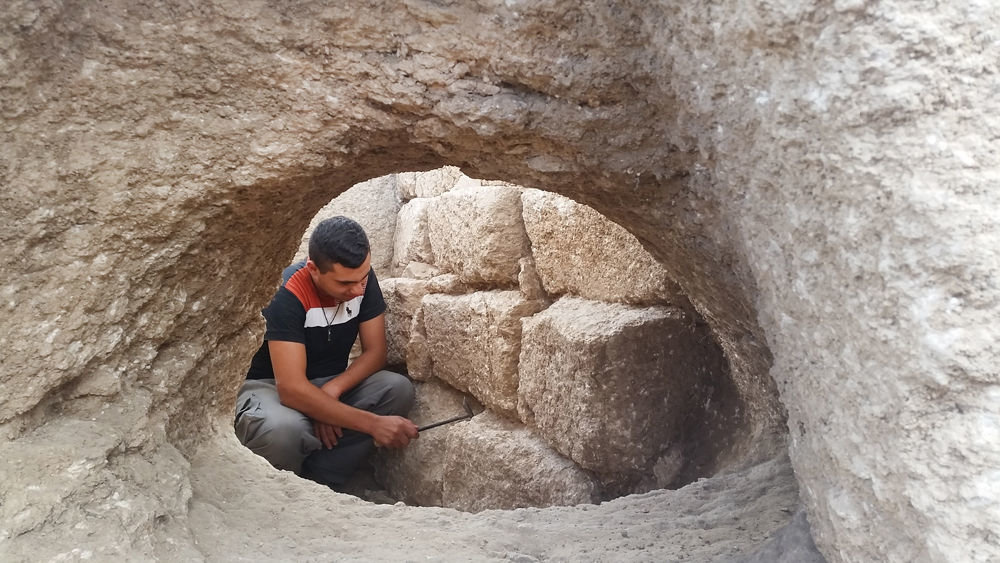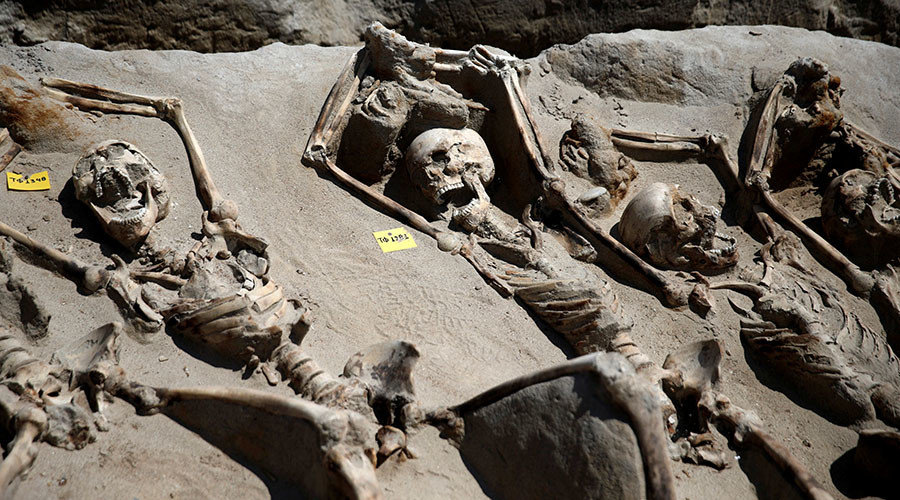
© wikipediaNazi Heinrich Himmler
A diary of high-ranking Nazi Heinrich Himmler discovered in a Russian military archive is being published in Germany by
Bild. The 1,000-page document
sheds light on the routinely evil everyday activities of the head of the SS and Holocaust supervisor. Bild daily launched the publication of selected excerpts from Himmler's diary on Tuesday.
The diary, arranged in the form of a calendar, bears dates and contains information about meetings and military decisions made by and in the presence of the SS chief. The diary covers two different periods,
pre-war 1938 and the crucial war years of 1943 and 1944.Over the last 70 years the document remained unnoticed in Russia, before finally being discovered at the Military Archive in Podolsk, a city near Moscow. The authenticity of the diaries has been verified by experts of the German Historical Institute, a state institution in Moscow, which thoroughly analyzed the records and compared them with Himmler's other documents and known facts.
"The importance of these documents is that we get a better
structural understanding of the last phase of the war," the
Times quotes the institute's director Nikolaus Katzer as saying. The information presented in the diary is "rather dry and not very meaningful," yet
provides numerous new details significantly expanding the big picture. "It is therefore a very important and significant testimony," Katzer said.
Damian Imoehl, the journalist who helped
Bild get the diaries, says the
scariest thing about Himmler is his bureaucratic ordinariness. In an eerily human way, Himmler regularly contacted with his wife and daughter, and could spend an evening watching a film or playing cards. "One day he starts with breakfast and a massage from his personal doctor, then he rings up his wife and daughter in the south of Germany and after that he decides to have 10 men killed or visits a concentration camp," Imoehl said.



Comment: Related articles: